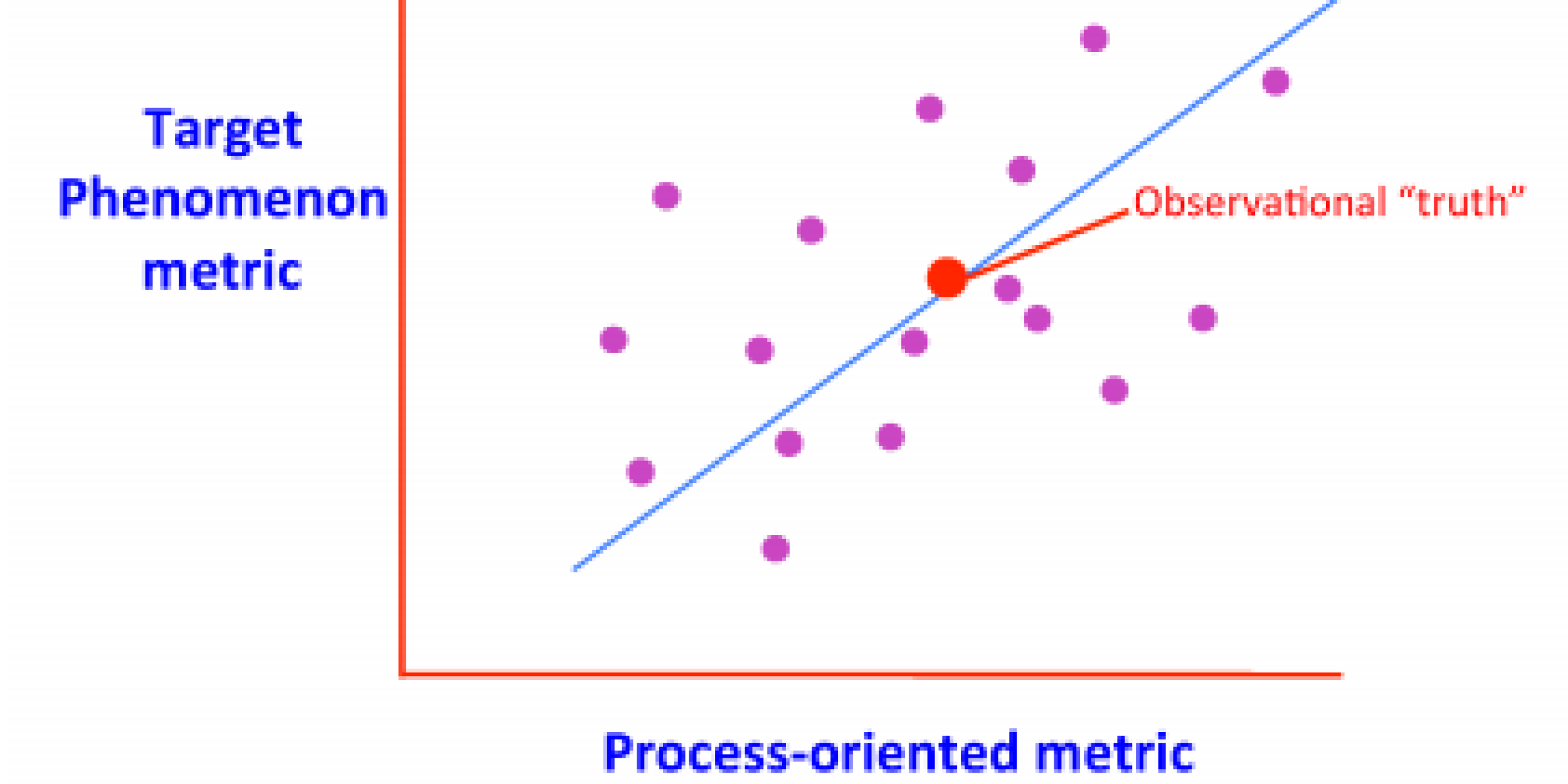NOAA’s Modeling, Analysis, Predictions, and Projections (MAPP) program has competitively chosen nine new three-year projects involving $3.9 million in grants and $900 thousand in other awards for a total of $4.8 million to develop process-oriented metrics for climate and Earth system model development.
There is growing interest in moving from performance-oriented metrics (measures that assess the level of agreement between simulated and observed values) toward process-oriented diagnostics (measures that help assess not only whether models faithfully simulate reality but also why). This shift helps address the need to accelerate coordinated model development and to provide more assessments of confidence in model projections. The World Climate Research Program Working Group on Numerical Experimentation/Working Group on Coupled Modeling Climate Model Metrics Panel has endorsed this movement toward process-oriented diagnostics to complement performance metrics. Recent growing efforts relevant to process-oriented metrics include work by YOTC MJO Task Force, the MAPP CMIP5 Task Force, the EMBRACE EsmVal-Tools project, and PCMDI’s UV-CDAT project. 

Assessing processes in climate and Earth system models is essential for developing next-generation models. Metrics developed from these processes can help provide a better understanding of model biases as well as help identify suspected origins of model errors.
Driven by this shift as well as by current efforts to develop next-generation climate models and applications of derived projections for assessments, this new MAPP-funded research aims to develop process-oriented metrics for evaluating climate and Earth system models to advance next-generation model development, and to identify metrics for evaluating derived model projections for applications.
The nine new competitively selected projects to be funded by the MAPP program starting in 2015 are:
“Evaluation of Warm Cloud Microphysical Processes in Global Climate Models with Multi-Sensor Satellite Observations,” PI: Kentaro Suzuki (University of Tokyo); co-PIs: Jean-Christophe Golaz, Huan Guo (NOAA Geophysical Fluid Dynamics Laboratory), Peter Bogenschutz (NCAR)
“Process Oriented Diagnostics of Tropical Cyclones in Climate Models,” PI: Suzana Camargo (Lamont-Doherty Earth Observatory, Columbia University); co-PIs: Adam Sobel (Columbia University), Daehyun Kim (University of Washington), Anthony D. Del Genio (NASA Goddard Institute for Space Studies)
“Metrics for general circulation model biases in extratropical cyclone clouds and precipitation: evaluating their skill and identifying processes to be improved,” PI: James Booth (City University of New York, City College); co-PIs: Catherine Naud (Columbia University), Zhengzhao Luo (City University of New York, City College), Jean-Christophe Golaz (NOAA Geophysical Fluid Dynamics Laboratory)
“Development of process-oriented metrics for ENSO-induced teleconnection over North America and U.S. Affiliated Pacific Islands in Climate Models,” PI: Hariharasubramania Annamalai (IPRC, University of Hawaii); co-PI: Arun Kumar (NOAA Climate Prediction Center)
“Process oriented metrics of land-surface-atmospheric interactions for diagnosing coupled model simulations of land surface hydro-meteorological extremes,” PI: Justin Sheffield (Princeton University)
“Process-oriented Diagnosis and Metrics Development for the Madden-Julian Oscillation Based on Climate Simulations,” PI: Xianan Jiang (University of California, Los Angeles); co-PIs: Eric Maloney (Colorado State University), Ming Zhao (NOAA Geophysical Fluid Dynamics Laboratory), Shian-Jiann Lin (NOAA Geophysical Fluid Dynamics Laboratory)
“Development of a Framework for Process-Oriented Diagnosis of Global Models,” PI: Eric Maloney (Colorado State University); co-PIs: Yi Ming (NOAA Geophysical Fluid Dynamics Laboratory), Andrew Gettelman (National Center for Atmospheric Research), David Neelin (University of California, Los Angeles)
“Diurnal Metrics for Evaluating GFDL and Other Climate Models,” PI: Aiguo Dai (University at Albany); co-PIs: Jean-Christophe Golaz (NOAA Geophysical Fluid Dynamics Laboratory), Junhong Wang (University at Albany), Ming Zhao (NOAA Geophysical Fluid Dynamics Laboratory)
“Evaluation and Diagnosis of the Atlantic Meridional Overturning Circulation 3D Structure in Climate Models,” PI: Xiaobiao Xu (Florida State University); co-PIs: Eric Chassignet (Florida State University), Molly Baringer (NOAA Atlantic Oceanographic and Meteorological Laboratory), Shenfu Dong (NOAA Atlantic Oceanographic and Meteorological Laboratory)
MAPP is a program in the Climate Program Office, within NOAA’s Office of Oceanic and Atmospheric Research, that supports research to advance climate modeling technologies to improve simulation and understanding of climate variability, and predictions and projections of the climate system. To learn more about MAPP’s funding opportunities, visit: http://cpo.noaa.gov/ClimatePrograms/ModelingAnalysisPredictionsandProjections/FundingOpportunitiesFundedProjects.aspx.
For a full list of CPO’s grants and awards for 2015, visit: http://cpo.noaa.gov/AboutCPO/AllNews/TabId/315/artmid/668/articleid/363879/CPO-Announces-FY15-Awards.aspx
NOAA’s Climate Program Office helps improve understanding of climate variability and change in order to enhance society’s ability to plan and respond. NOAA provides science, data, and information that Americans want and need to understand how climate conditions are changing. Without NOAA’s long-term climate observing, monitoring, research, and modeling capabilities we couldn’t quantify where and how climate conditions have changed, nor could we predict where and how they’re likely to change.



